This management must be carried out following basic biosecurity guidelines, which are easy to apply, reducing the problems that may arise to a minimum.
The management of animal waste is already part of the farm work, which includes biosecurity and training of all the staff.
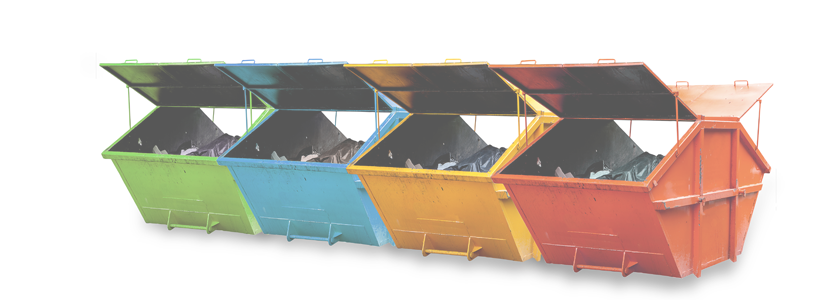
The current progress of environmental regulations and biosafety programs to be applied on farms has caused that the management of animal waste is already a part of the work, internalized by all involved actors involved (farmers, veterinarians, companies, etc).
Objective and guidelines for proper animal waste management
The main objective of an adequate management of animal residues is the reduction of the risks inherent to the veterinary activity, which may affect the environment and the control of disease transmission.
This management must be carried out following basic biosecurity guidelines, which are easy to apply, reducing the problems that may arise to a minimum.
Even if there is a person responsible for the waste area who regularly talks to the Animal Waste Manager, all staff must receive basic training to enable them to carry out basic tasks



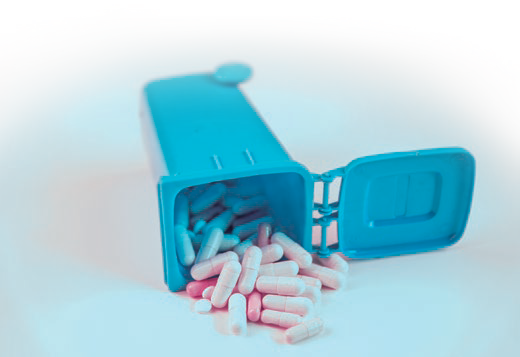
As with any other external company we work with, it is essential to try to get the managers’ vehicles as far as possible to the farms, as well as to take the containers with waste for delivery outside the fence or to remote free transit areas – the closer, the more potential risks!
There is a tendency for farms to set certain days of the week for the removal of animal waste in order to minimize risks, anticipate their staff and Manager control.
With the current trend towards de-medicalization, which implies the application of fewer treatments, together with improvements in the management carried out on the farm, the amount of animal waste to be managed is reduced.

It is advisable to have an intermediate and final storage for the animal residues.
On-farm intermediate waste storage
Intermediate storage consists of depositing, separately and temporarily, the animal waste generated in the different areas.
They must be located close to the points of waste generation to avoid or minimize individual and 
The area where containers with animal waste will be located must be properly labelled, placing a sign indicating the different types of waste to be generated at that point in the operation, as well as the packaging in which they must be introduced, so that their interpretation is simple for all staff.
It is essential that the storage area always has a roof, since all hazardous waste must be located by definition under a roof and identified with its corresponding label, in addition to being introduced in its corresponding approved container.
Do not pile up containers. They should be moved to the final storage area frequently.

Internal transport to the final warehouse
An exit route from the temporary warehouses to the end must be designed, which does not pass through sensitive areas of biosecurity, such as maternity.
This is a basic measure used in human medicine, pharmacy, chemistry, etc., that avoids contamination.
Full or final storage
The integral or final warehouse is where all the animal residues (coming from intermediate warehouses) are placed until they are periodically removed by the final waste Manager. This warehouse must comply with the following requirements:







To ensure proper organization and cleanliness, it is recommended to limit the access of outsiders and avoid the entry of animals.
As with all other farm activities, it is essential to clean and disinfect the surfaces of the final storage room every time it is emptied after handing over the waste to the final manager.
Subscribe now to the technical pig magazine
AUTHORS

Bifet Gracia Farm & Nedap – Automated feeding in swine nurseries

The importance of Water on pig farms
Fernando Laguna Arán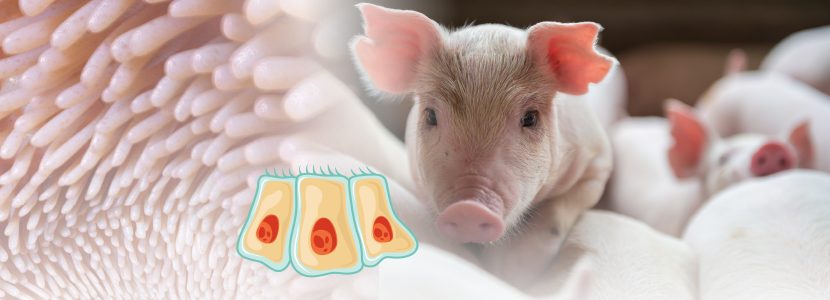
Microbiota & Intestinal Barrier Integrity – Keys to Piglet Health
Alberto Morillo Alujas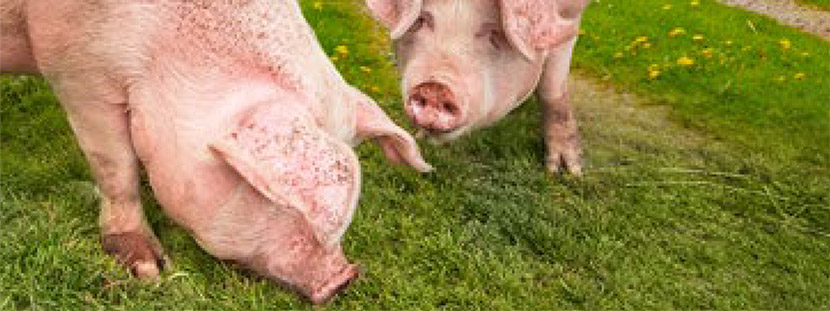
Impact of Reducing Antibiotic use, the Dutch experience
Ron Bergevoet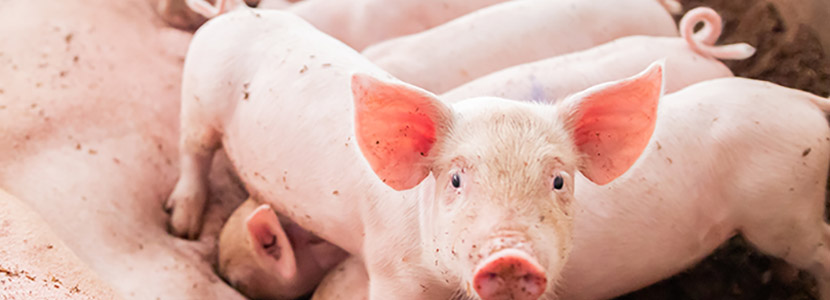
The keys to successful Lactation in hyperprolific sows
Mercedes Sebastián Lafuente
Addressing the challenge of Management in Transition
Víctor Fernández Segundo
Dealing with the rise of Swine Dysentery
Roberto M. C. Guedes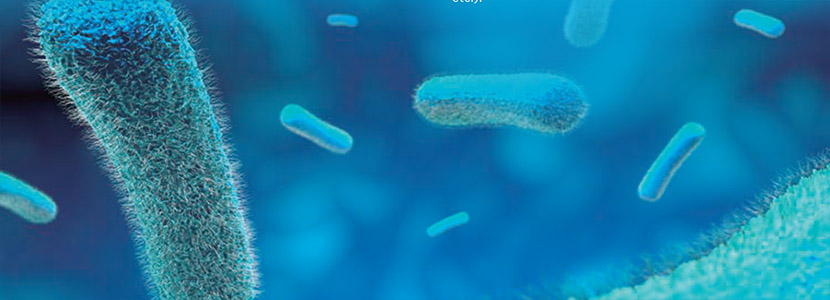
Actinobacillus pleuropneumoniae – What are we dealing with?
Marcelo Gottschalk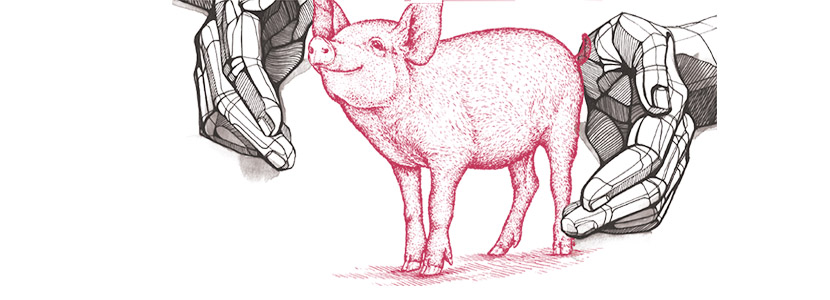
The new era of Animal Welfare in Pig Production – Are we ready?
Antonio Velarde
Gut health in piglets – What can we do to measure and improve it?
Alberto Morillo Alujas
Interview with Cristina Massot – Animal Health in Europe after April 2021
Cristina Massot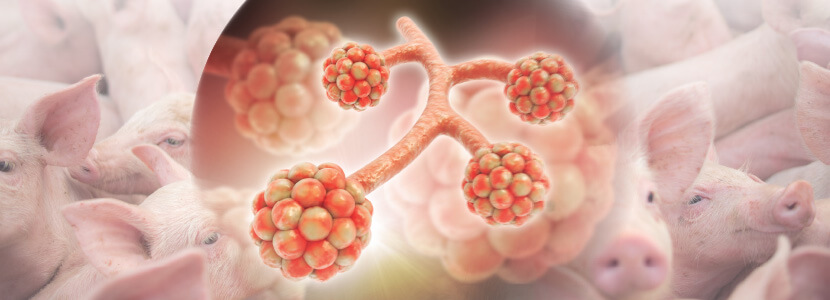
Differential diagnosis of respiratory processes in pigs
Desirée Martín Jurado Gema Chacón Pérez